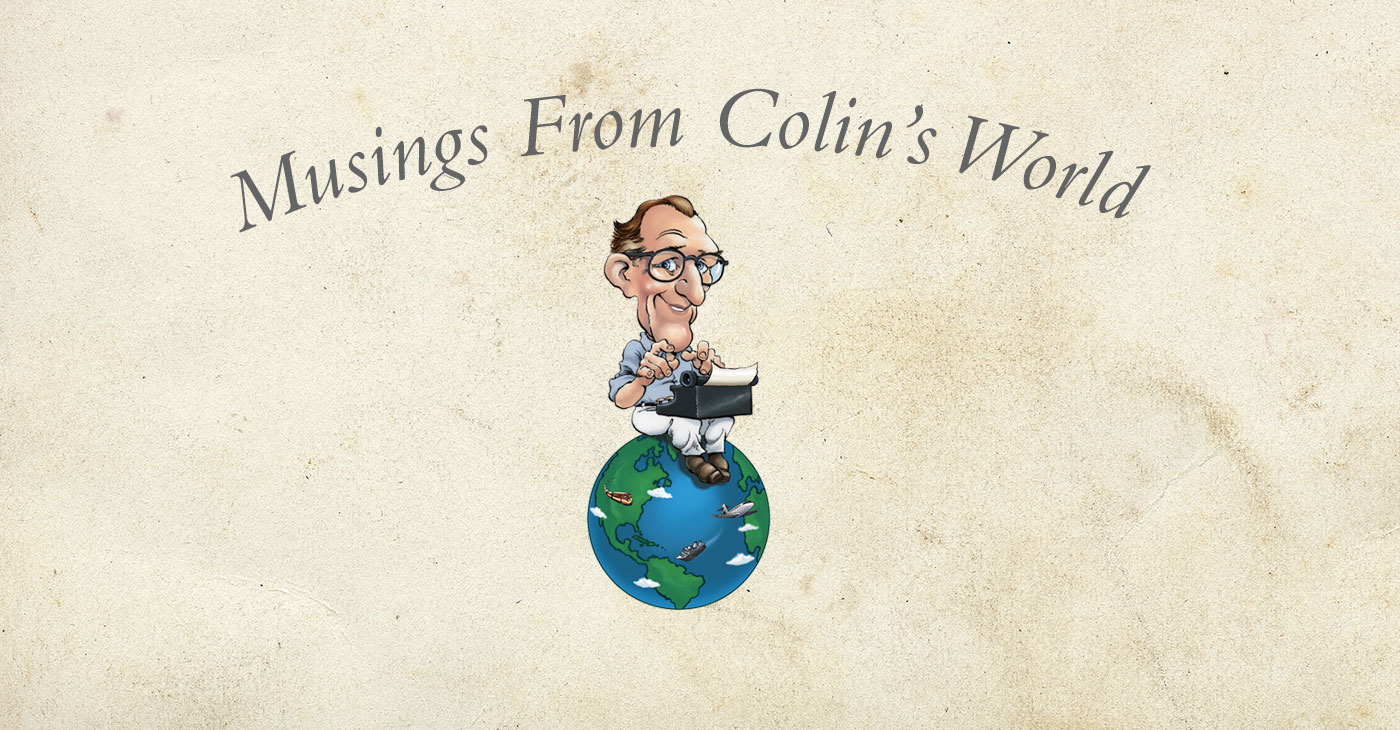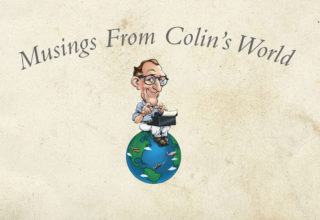If science had sacred sites, the Galápagos would be one of the most revered.
The tiny archipelago of volcanic islands 600 miles west of South America in the vast Pacific is unique in many ways. But it seems a most unlikely place to alter the course of history. And yet, in a very real way it did. It can really be said that these islands played an important role in shaping the destiny of humankind.
As with many of the world’s great discoveries, it started with a trip.
It was a sailing voyage on HMS Beagle beginning in 1831. It had been planned as a trip to South America, but ended up encircling the globe and taking five years. The experience made young Charles Darwin one of a very few people in the early 19th century to gain a truly global perspective.
That was important at a time when new ideas were roiling the Western world. Long-held beliefs were being uprooted by new discoveries and new ideas. Darwin was one of the few who extended himself to the farthest reaches of what the transportation media at the time could provide. And with the insights he gained he discovered the principles of natural selection and gave humanity a broadly expanded view of existence.
Darwin was not the creator of the theory of evolution. The idea had been around a long time. But he came up with the mechanism for adaptation, and he backed up his theory with such a powerful presentation of evidence as to overwhelm the prejudices against it.
And it started in the Galápagos.
Imagine 1831
 It’s hard to imagine a more influential idea than Darwin’s theory of natural selection. Its effect has been so profound that it is hard to imagine the world before that innovation in thinking.
It’s hard to imagine a more influential idea than Darwin’s theory of natural selection. Its effect has been so profound that it is hard to imagine the world before that innovation in thinking.
What was the world view of Americans and Europeans like before cars, airplanes and satellites? There were maps and drawings, but there was no aerial photography. It was before new transportation vehicles would accelerate the speed at which a person could experience the distances of the earth. Most people only saw the world within a few miles of where they were born.
It was a time of tumultuous change, waves of innovation coming from the Industrial Revolution. The first commercially successful steam locomotive was created in 1812–13, allowing people to greatly increase the speed and range of their travels. The earliest known photograph was taken in 1826 or 1827, greatly extending the range of human vision.
World travel and trade were exposing people to foreign cultures, bringing novel ideas and different ways of looking at the world. All these new ideas fed back into the center and fueled the steamroller of progress and change.
When Darwin took his voyage the world had not yet even thought of dinosaurs. It wasn’t till 1841 that British scientist Richard Owen, after studying a variety of fossils, decided that they represented a species that no longer existed, which he named “dinosauria.” Suddenly the time span of earth’s history was expanded by unimaginable amounts.
That was the world in which Darwin, a young medical school dropout and self-styled naturalist, took off on the voyage of the Beagle.
The Voyage
After exploring the east coast of South America from Salvador, Brazil, around Cape Horn and north to Peru, the ship headed west and soon came to the Galápagos.
Darwin had not been planning to come up with a theory that would change the world, but he observed things in the Galápagos that he would not have seen if he’d stayed home. And those observations set him on a path of inquiry that resulted 30 years later in the publication of The Origin of Species and the theory that would shake Western culture to its foundations.
Darwin spent five weeks in the Galápagos. He liked the giant tortoises, for which the islands are named, and spent a lot of time watching them. The vice governor of the islands told him you could tell which of the islands a tortoise came from by the shapes of their shells. But it wasn’t till later that the lightning bolt struck in his mind. It was when he was observing the finches, which later bore his name, Darwin’s finches.
Darwin noticed that the finches in the Galápagos were similar to some he had seen in South America, but slightly different. They were also different on each of the individual islands, and the differences were perfectly suited to their respective environments.
Through his studies of geology he understood that the Galápagos were volcanic islands that had emerged from the sea much later than the land mass of South America. After much consideration he came up with the theory that the finches on the islands had come from South America and adapted to their respective environments, gradually evolving into different kinds of birds. That provided the seed for his theory.
Once he had formulated his model, he was able to test it in other environments as the Beagle continued its circumnavigation via Tahiti, Australia, the Malay archipelago, and Africa’s Cape of Good Hope. He continued to gather data to support his theory.
Eventually he was able to come up with enough corroborating data to publish his theory in 1859. The initial insight was sparked in the Galápagos and that makes the Galápagos a very special place.
The Galápagos Today
When you go to the Galápagos today, you travel with naturalists who have devoted their lives to studying wildlife and nature. As teachers they can take you a long way into understanding the biological phenomena that Darwin observed and the thought processes that came out of his experience.
You can retrace the steps of Darwin and have a great nature experience, visiting a protected area where the animals are unafraid of people because people have never been a threat to them.
You can go snorkeling and look at undersea life. On a ship you can enjoy the comforts of modern life, but most of the places you go will be pristine. You are seeing a world that may have been fundamentally unchanged for millions of years. It’s amazing to experience a world that is close to its natural state, much like it was when Darwin was there.
Travel and discovery
Without the Voyage of the Beagle and the stop at the Galápagos, I don’t think we would have Darwin’s theory. So that trip was extremely significant to human history. As with Columbus, a new world was opened by a single trip. Travel has often been the medium through which the discoveries were made that led humanity to each succeeding wave of history.
I think the same principle applies to all of us in regard to travel. Our personal adventures may not change the world as Darwin’s did. But in our individual lives we will have great gains of insight through traveling. It could be argued that Darwin would have come up with his theory of natural selection whether or not he went to the Galápagos. But the historical fact is that it did happen that way.
As travelers we are the modern heirs of the explorers. We too are explorers. Though our personal explorations may be less earthshaking than the stories about Shackleton, Darwin or Vasco da Gama, we are making our own personal discoveries, and ultimately that is all anyone has, even the famous explorers.
As I was growing up I often heard the notion that there is nothing left to be discovered, that the frontiers have all been conquered. As a traveler myself I now know that is not true. It’s a bit of human conceit to think we have conquered it all. Not by a long shot.
I believe that discovery is always new for each person. For every person who discovers Antarctica, or the Grand Tetons or the Galápagos, it is new and just as spectacular as it was for the person we credit with originally discovering it.
We all have those discoveries waiting anew for us individually.
I wish you all the best for your travels in 2019!
Your humble reporter,
A. Colin Treadwell

